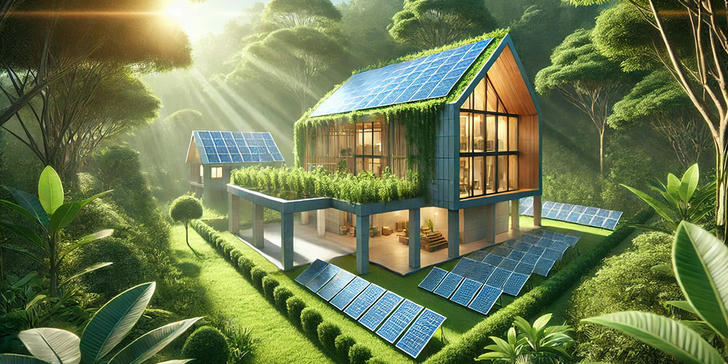Maximizing Your Savings: A Clear Guide to Energy Efficient Home Improvement Credits ✨
Navigating the landscape of energy efficient home improvement credits can be complex due to varied eligibility requirements, expense limits, and tax filing details. Homeowners aiming to reduce energy costs while benefiting financially need a clear understanding of credit amounts, qualifying improvements, and the claiming process. This guide breaks down essential information to help you maximize your savings through 2025. 🔍

Understanding the Energy Efficient Home Improvement Credit and Its Limits 📌
Credit Amount: Up to $3,200 for qualified energy-efficient upgrades made between January 1, 2023, and December 31, 2025.
Credit Rate: 30% of eligible expenses.
Qualifying Improvements: New windows, insulation, heat pumps, home energy audits, and more.
Annual Caps Include:
| Improvement Type | Limit |
|---|---|
| Energy efficient property | $1,200 per year |
| Exterior doors | $250 per door, max $500 total |
| Windows and skylights | Up to $600 total |
| Heat pumps, water heaters, biomass stoves/boilers | Up to $2,000 per year |
No Lifetime Limit: Homeowners can claim the credit annually as long as improvements qualify.
2025 Onwards: Credits only for products from qualified manufacturers with identification numbers required on tax returns.
Note: The credit is nonrefundable and cannot be carried forward to future years. ⚠️
Who Qualifies? Eligibility Criteria for Claiming the Credit ✅
Must be made to your primary residence located in the United States (home you live in most of the time).
Exclusions:
Newly constructed homes or rental properties are not eligible.
Landlords or owners who do not occupy the home cannot claim the credit.
Properties used exclusively for business are not eligible.
Partial Business Use:
If business use is up to 20%, full credit can still be claimed.
If business use exceeds 20%, credit is limited to the portion related to nonbusiness use.
This ensures the tax benefit supports homeowners improving their living spaces rather than commercial properties. 🏠
What Expenses Qualify? Recognizing Eligible Improvements and Cost Caps 💡
- Eligible Expenses: Must meet specific energy efficiency standards and typically include new systems or materials installed in the home.
Qualifying Components and Credit Details:
| Component | Credit Notes |
|---|---|
| Building envelope (doors, windows, skylights, insulation, air sealing) | Credit caps apply; labor costs excluded |
| Labor costs | Included only for residential energy property (heat pumps, water heaters) |
| Home energy audits | Up to $150 credit; enhanced certification required starting 2024 |
| Residential energy property (central AC, high-efficiency furnaces, water heaters, electrical components) | Up to $600 per item |
| Heat pumps & biomass stoves/boilers | Up to $2,000 annually for high-efficiency models |
Understanding these distinctions helps homeowners plan upgrades to maximize credit eligibility. 🔧
Navigating Subsidies, Rebates, and Their Impact on Credit Calculations 📊
Adjusting Qualified Expenses: Any subsidies, rebates, or incentives received that reduce the purchase price must be subtracted from qualified expenses.
Examples:
Public utility subsidies for clean energy property installation must be deducted regardless of payment recipient.
Utility payments for selling energy back to the grid (e.g., net metering credits) do not reduce qualified expenses.
Rebate Qualification: Rebates count as price adjustments only if:
Based on property cost
From a party connected to the sale (manufacturer, installer)
Not payments for services
State Incentives: Many do not reduce qualified expenses unless classified as rebates under federal tax law.
This ensures the credit reflects the actual cost borne by the homeowner. ⚖️
Step-by-Step Guide to Claiming Your Energy Efficient Home Improvement Credit 📝
File IRS Form 5695 (Residential Energy Credits, Part II) with your annual tax return in the year the property is installed.
Installation Requirement: The credit applies only after installation is complete and the product is put into service.
Use Official Guidance: Refer to IRS Publication 5886-A and other specialized instructions for clean energy tax incentives, home improvements, energy audits, and residential energy property.
Keep Detailed Records:
Purchase receipts
Manufacturer identification numbers (mandatory starting 2025)
Certifications from installers
Ensure Accuracy: Proper documentation helps avoid delays or errors in your tax return and maximizes your credit.
Following these steps will help you claim the maximum credit available and make the filing process smoother. ✅
